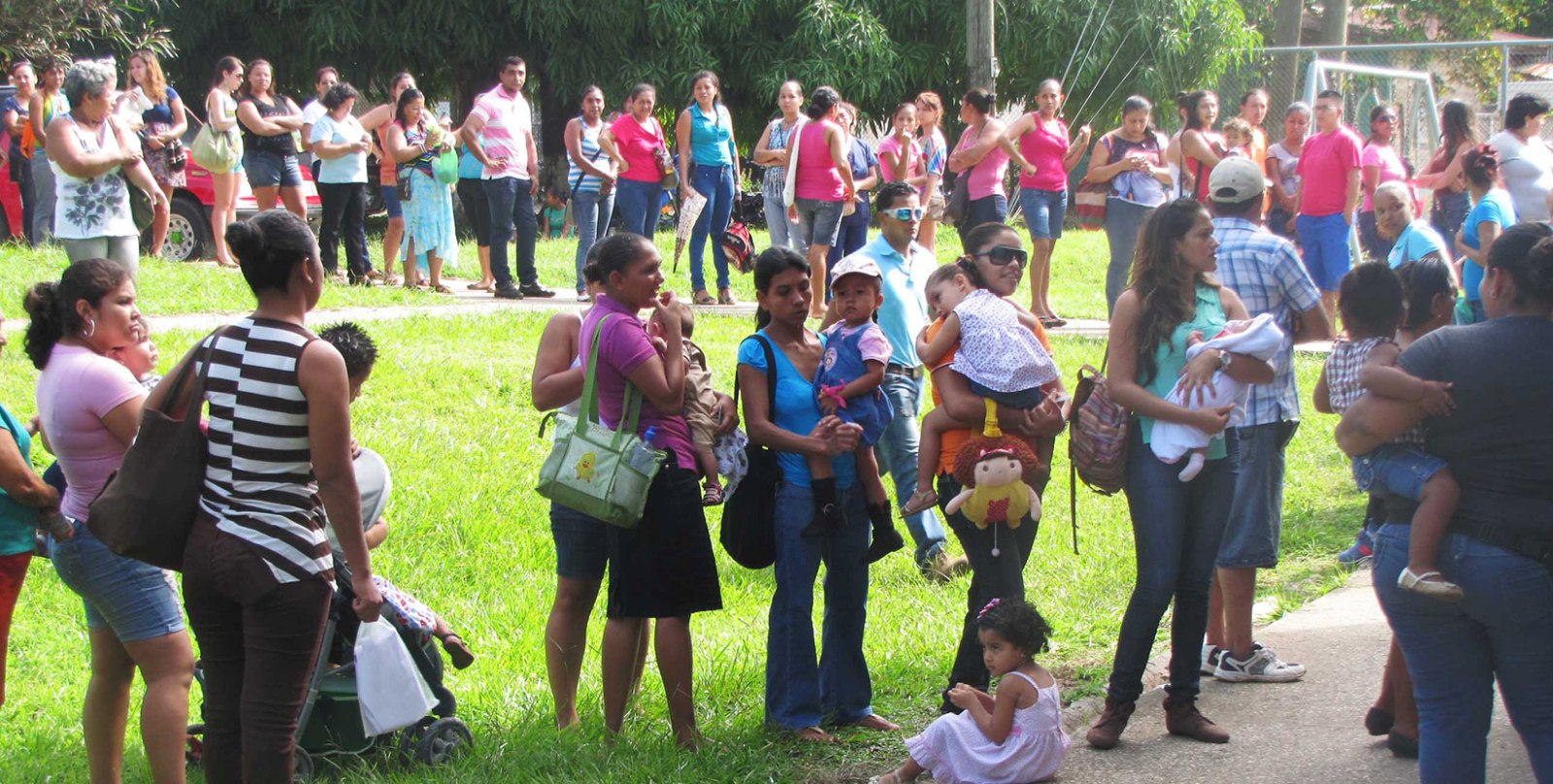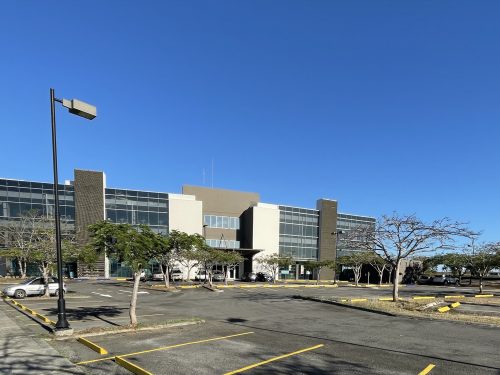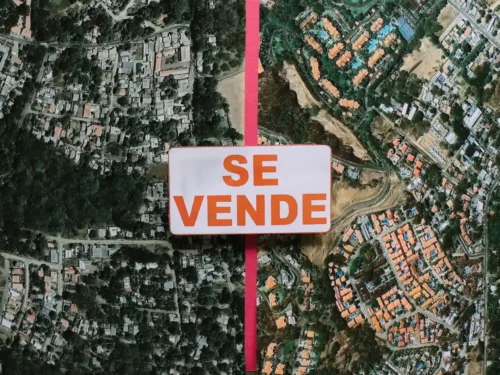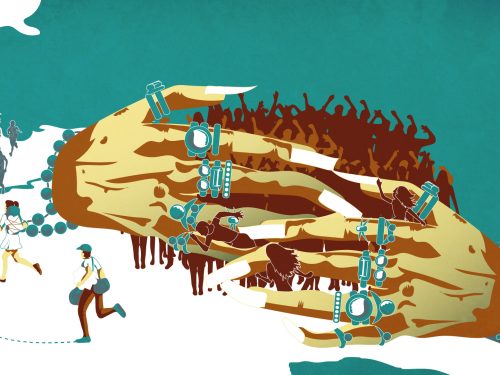
The lack of housing in Nicoya appears to be a more serious problem than previously thought. The issue’s severity was demonstrated by the fact that more than 2,000 people attended a meeting on Saturday, June 28 at the Multisport Facility in Nicoya to search for solutions.
The meeting was organized by Mario Fonseca, a Guanacaste housing developer, Municipal Mayor Marco Jimenez, National Liberation Party (PLN – Partido Liberacion Nacional) Representative Marta Arauz, Municipal Councilor Rodolfo Orozco, Wilmar Matarrita from the Broad Front (Frente Amplio), and Alberto Valerio, a developer for the company Coocacique in San Jose.
The issue addressed during the massive meeting was the stagnation of housing development processes in the canton.
Marcos Rojas, a resident of San Martin de Nicoya, has been requesting free housing for more than two years and has not yet received an answer.
“It worries me because I have to rent, and the cost is very high. And it saddens me do see my family suffering from this need and to not have a dignified home,” said Rojas.
For her part, Mayra Jimenez, another Nicoya resident, believes that the lack of homes “is a problem for all Nicoyans. There are three families living in my house and I have been fighting for a house for my children and it hasn’t been possible.”
Rodolfo Orozco, a member of the Muncipality of Nicoya’s Housing Commission, recognizes that Nicoya has suffered because of the stagnation and blames the previous administration. “Unfortunately, the processes were very slow in the last government (Laura Chinchilla’s) and permits for residential projects of 50 or more houses did not exist.”
No Water for Permits to New Homes
According to Mario Fonseca, a Nicoya housing developer, for the past four years housing development in the canton has been almost non-existent, and the biggest obstacle has been the lack of water.
“The best example that Nicoya has housing problems is the number of people that attended this meeting. But the problem is the lack of water. When we developers try to implement a housing project, the first thing we run into is that there is no water; there are no AyA permits. We have to recognize that the problem is that the ASADAs are structures that are more than 30 years old that are now obsolete,” Fonseca explained.
For Fonseca, what is needed is willingness on the part of AyA authorities to allow development companies to support improvements for aqueduct systems. “What has lacked is the search for alternatives to solve the water problem. What is needed is to strengthen aqueducts’ infrastructure because there is water; what does not exist is good infrastructure, with the capacity to supply the communities,” he said.
One example is the community of Santa Ana de Nicoya, where there has been a property available for two years that could be the site for 200 homes. The property has all municipal permits as well as technical and environmental studies completed. However, they have not been able to start the project for wont of AyA’s approval.
Alberto Valerio, a representative of Constructora Coocacique, which would be in charge of the project, said, “I can’t stand this project any more, with the pain on my soul, but I am giving AyA until July 31 to agree to allow the process to move forward,” said Valerio.
To follow regarding the matter, during the meeting a commission was formed to negotiate with authorities from AyA and the Presidential House to seek improvements to the rural aqueducts’ infrastructure and facilitate construction permits. The Commission is comprised of 40 people and is directed by Mayor Marco Jimenez and Wilmar Matarrita.







Comments